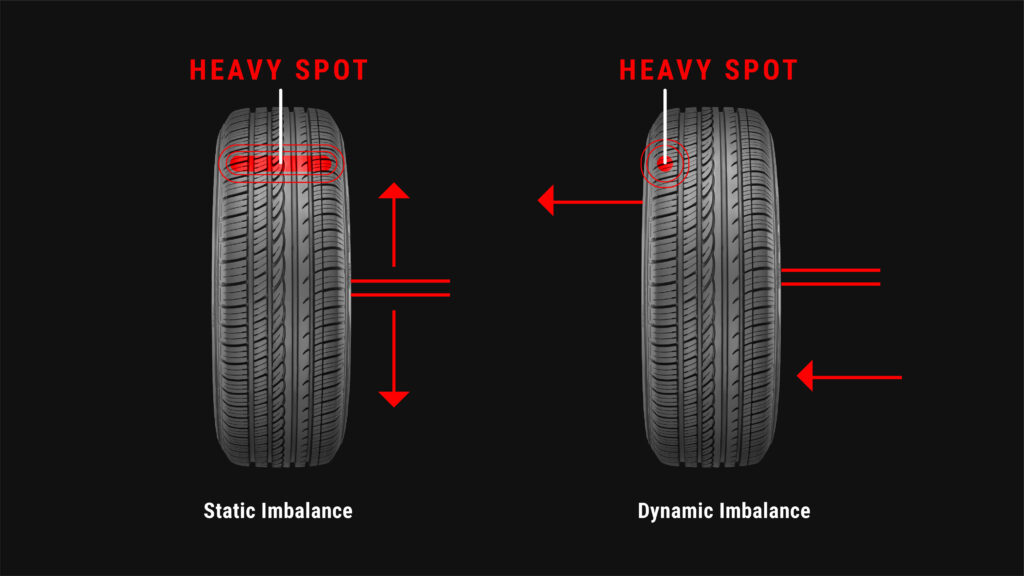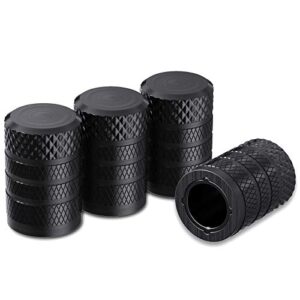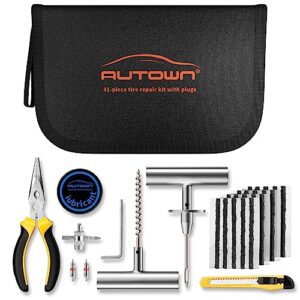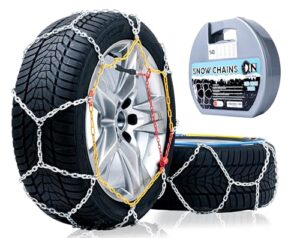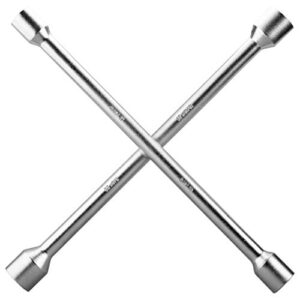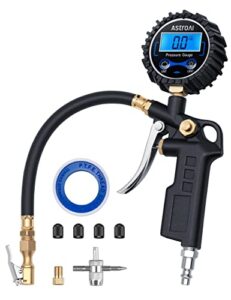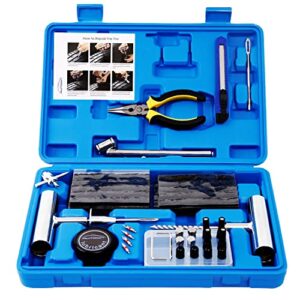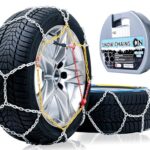Tires should be balanced every 5,000 to 6,000 miles. Regular balancing ensures a smoother ride and longer tire life.
Maintaining tire balance is crucial for vehicle performance and safety. Unbalanced tires can cause uneven tread wear, vibrations, and strain on the suspension system. Balancing tires involves adjusting the wheel weights to ensure even weight distribution. Most mechanics recommend balancing tires during regular rotation or after any significant impact.
Consistent tire balancing not only increases driving comfort but also improves fuel efficiency. It also extends the lifespan of your tires, saving you money in the long run. Regular tire maintenance, including balancing, is essential for optimal vehicle performance. Make tire balancing a routine part of your car care regimen for best results.

The Importance Of Tire Balancing
Tire balancing is crucial for a smooth ride. It ensures even weight distribution around the wheel. This helps avoid vibrations and uneven tire wear. Balanced tires improve fuel efficiency and vehicle handling. Regular tire balancing extends the life of your tires. It also increases overall driving safety.
Signs Of Unbalanced Tires
- Vibrations in the steering wheel or seats.
- Uneven tire wear patterns.
- Noise from the tires while driving.
- Poor fuel efficiency over time.
- Steering issues or pulling to one side.
Consequences Of Neglecting Tire Balance
Ignoring tire balance can lead to several problems:
- Increased Tire Wear: Unbalanced tires wear out faster.
- Poor Fuel Economy: Imbalanced tires decrease fuel efficiency.
- Vehicle Damage: It can damage suspension and steering systems.
- Safety Risks: Unbalanced tires can cause accidents.
| Sign | Consequence |
|---|---|
| Vibrations | Discomfort and potential damage to vehicle parts |
| Uneven tire wear | Shortened tire lifespan |
| Noise | Annoying sounds and reduced driving pleasure |
| Poor fuel efficiency | Higher fuel costs |
| Steering issues | Reduced control over the vehicle |
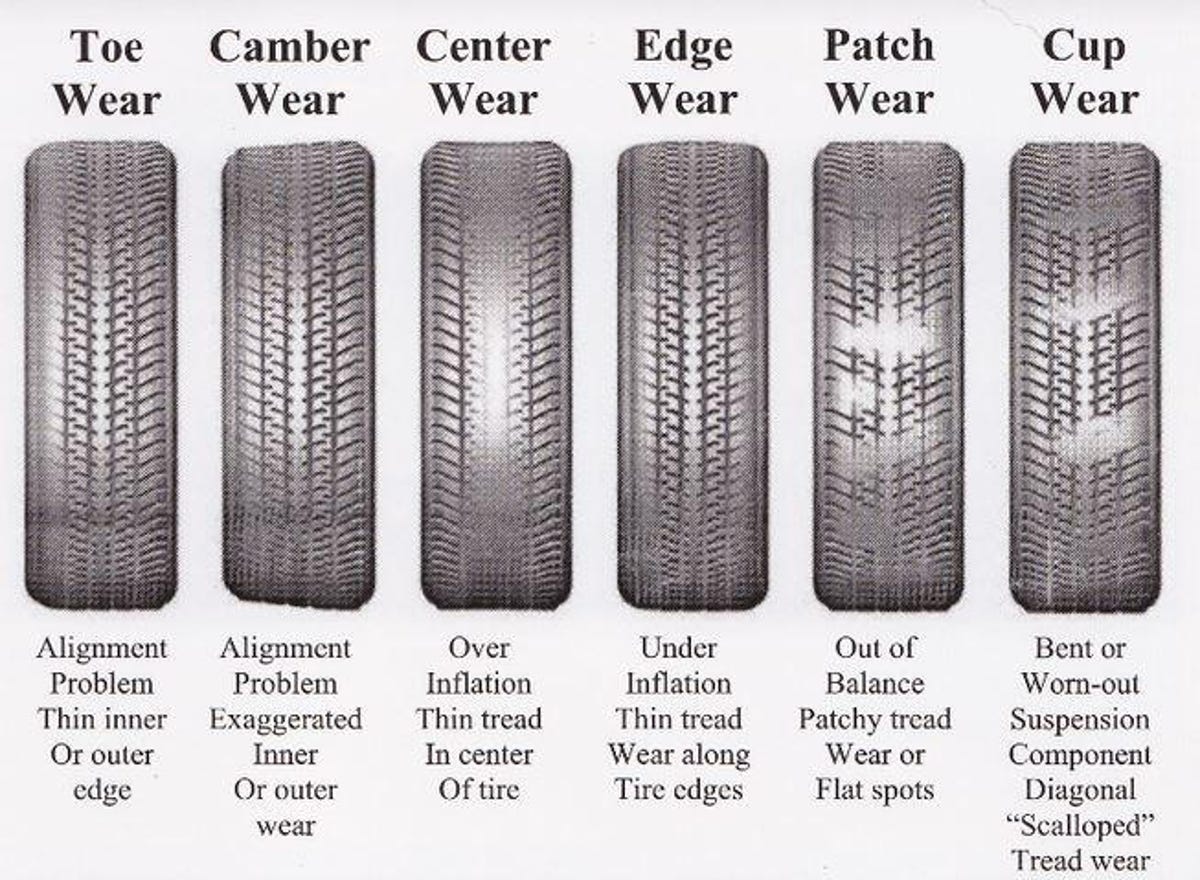
Balancing Vs. Alignment: Clearing The Confusion
Car owners often confuse tire balancing with wheel alignment. They are distinct services. Each has a unique role in vehicle maintenance. Knowing the difference helps you maintain your car better. Proper tire care ensures a smooth and safe ride.
Defining Tire Balancing
Tire balancing corrects the uneven distribution of weight. Over time, tires wear down unevenly. This causes vibrations when driving. Balancing helps distribute the weight evenly.
Balancing involves attaching small weights to the wheel. This process ensures that the tire spins smoothly. It prevents premature tire wear. It also reduces strain on the suspension system.
Key benefits of tire balancing include:
- Improved ride comfort
- Longer tire life
- Better fuel efficiency
Understanding Wheel Alignment
Wheel alignment involves adjusting the angles of the tires. The goal is to set them to the car manufacturer’s specifications. Proper alignment ensures that the tires meet the road at the right angle.
Alignment affects the car’s handling and steering. Misalignment can cause the car to pull to one side. It also leads to uneven tire wear.
Wheel alignment adjustments include:
- Toe: The direction the tires point in relation to each other.
- Camber: The tilt of the tires inwards or outwards.
- Caster: The angle of the steering axis.
Key benefits of wheel alignment include:
- Better handling
- Reduced tire wear
- Improved safety
Balancing and alignment are both essential for tire health. Each serves a different purpose. Balancing deals with weight distribution. Alignment focuses on tire angles. Both are crucial for a smooth and safe ride.
Recommended Tire Balancing Intervals
Regular tire balancing is essential for a smooth ride and even tire wear. Knowing how often to balance your tires can help extend their life and improve safety.
Mileage Guidelines
Most experts recommend balancing your tires every 5,000 to 6,000 miles. This interval matches typical oil change schedules, making it convenient to do both at the same time. Some vehicles may need balancing more frequently, especially if driven under challenging conditions.
Situational Considerations
Tire balancing needs may vary based on several factors. Below are some situations where more frequent balancing might be required:
- Rough Roads: Driving on uneven or rough surfaces can cause tires to lose balance faster.
- Heavy Loads: Carrying heavy loads can put extra strain on your tires, requiring more frequent balancing.
- Frequent Long Trips: Long-distance driving can lead to faster tire wear and imbalance.
Always check your vehicle’s manual for manufacturer-specific recommendations. Regular inspections can also help identify if balancing is needed sooner.
Factors Affecting Tire Balance
Ensuring your tires are balanced is crucial for a smooth ride. Various factors can impact tire balance. Understanding these factors helps in maintaining your vehicle’s performance.
Wear And Tear
Wear and tear is a significant factor affecting tire balance. As tires wear down, they lose their original shape. This creates an imbalance. Regularly inspect your tires for signs of uneven wear.
Tread depth is another important aspect. Tires with uneven tread can cause vibrations. Monitor the tread regularly to ensure even wear.
| Signs of Wear | Impact on Balance |
|---|---|
| Uneven tread wear | Causes vibrations |
| Flat spots | Leads to imbalance |
Impact Of Driving Habits
Driving habits significantly impact tire balance. Aggressive driving, like hard braking and fast cornering, wears tires unevenly. This results in imbalance.
Consider the terrain you drive on. Rough roads and potholes can damage tires. This affects their balance.
- Fast acceleration increases wear.
- Frequent hard braking affects balance.
- Rough terrain causes tire damage.
Diy Tire Balancing: Is It Feasible?
Balancing tires at home can save money. But is it a good idea? This section explores if you can balance your tires yourself. Learn about the tools needed and the steps involved. Let’s dive into the details.
Tools Needed For Home Balancing
To balance tires at home, you need some tools. Here is a list:
- Jack and Jack Stands: To lift the car safely.
- Lug Wrench: To remove and tighten lug nuts.
- Tire Balancer: A manual or bubble balancer works.
- Wheel Weights: To adjust the balance.
- Chalk or Marker: To mark the spots on the tire.
Step-by-step Guide
Follow these steps to balance your tires:
- Lift the Car: Use the jack to lift the car. Place it on jack stands for safety.
- Remove the Tire: Use the lug wrench to remove the tire from the car.
- Check the Balance: Place the tire on the balancer. Observe where it tilts.
- Add Weights: Attach wheel weights to the lighter side. Use the chalk to mark the spots.
- Recheck the Balance: Place the tire back on the balancer. Ensure it stays level.
- Reinstall the Tire: Put the tire back on the car. Tighten the lug nuts securely.
Balancing your tires at home can be a rewarding task. You need the right tools and follow the steps carefully. Always ensure safety while working under the car.
Professional Tire Balancing Services
Balancing your tires is crucial for a smooth ride. Using professional services ensures your tires wear evenly. It also boosts your car’s performance.
Choosing The Right Service Provider
Choosing the right service provider is key. Look for certified technicians. Ensure they use modern equipment.
Read reviews online. Ask for recommendations from friends. Check their pricing and compare.
Make sure they offer a warranty. A good provider will stand by their work.
What To Expect During The Service
Professional tire balancing involves several steps. First, the technician inspects the tires. They look for any visible issues.
Next, the tires are removed. The technician cleans them thoroughly. Dirt and debris can affect balance.
Then, the tires are mounted on a balancing machine. The machine spins the tires. It measures any imbalance.
The technician adds weights to balance the tires. They test each tire until it spins smoothly.
Finally, the tires are remounted. The technician ensures they are secure. Your car is then ready to go.
| Step | Description |
|---|---|
| Inspection | Technician inspects tires for visible issues. |
| Cleaning | Tires are cleaned to remove dirt and debris. |
| Balancing | Tires are mounted on a machine to measure imbalance. |
| Weight Adjustment | Weights are added to achieve balance. |
| Remounting | Tires are remounted securely on the vehicle. |
Using professional tire balancing services ensures your car runs smoothly. It extends the life of your tires. It also improves fuel efficiency.
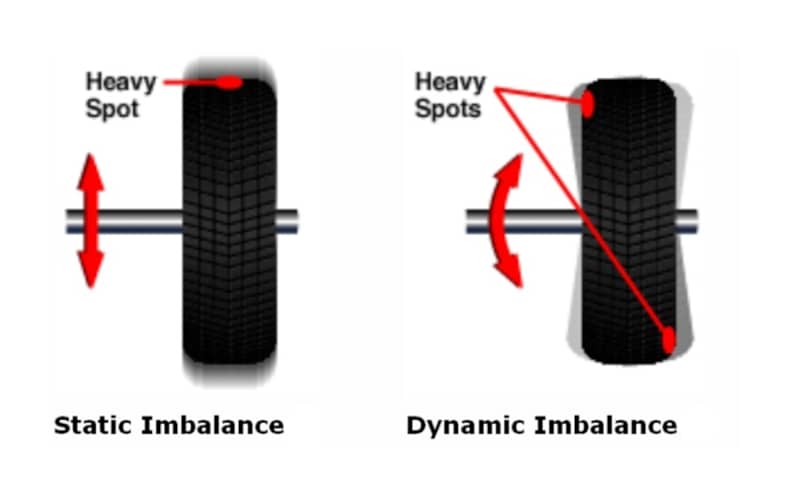
Frequently Asked Questions
How Long Does Tire Balancing Last?
Tire balancing typically lasts between 5,000 to 7,000 miles. Regular maintenance helps extend tire life and ensure safety.
How Do You Know When Your Tires Need Balancing?
You know your tires need balancing when you feel vibrations in the steering wheel or seats while driving. Uneven tire wear and poor fuel efficiency can also indicate unbalanced tires. Regularly check for these signs to ensure a smooth and safe ride.
How Often Do Tires Become Unbalanced?
Tires typically become unbalanced every 5,000 to 7,500 miles. Regular driving, road conditions, and wear can affect balance. Regular maintenance helps.
Is Tire Balancing Necessary?
Yes, tire balancing is necessary. It ensures even weight distribution, prevents uneven wear, and improves driving comfort. Balanced tires improve fuel efficiency and extend tire life.
Conclusion
Regular tire balancing is crucial for vehicle performance and safety. Typically, balance your tires every 5,000-7,000 miles. This ensures a smooth ride and extends tire life. Neglecting this can lead to uneven wear and costly repairs. Keep your tires balanced to enjoy a safer, more comfortable driving experience.


